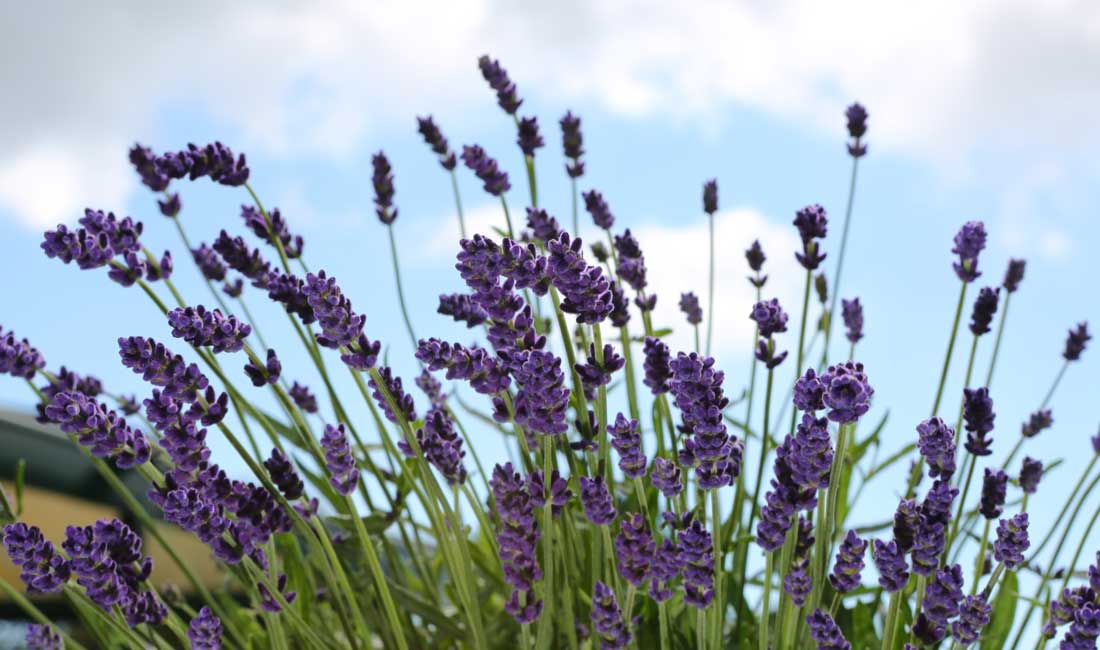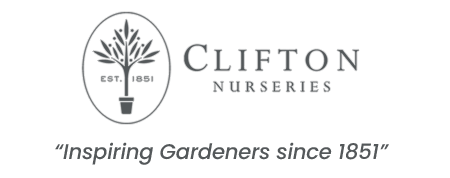
Lavender is an easy herb to grow and is very rewarding too. It is much loved by bees and humans alike and emits a beautiful scent when you brush past it.
There are two main types of lavender grown in the UK today:
- English lavender – will tolerate cooler areas and slightly acidic soils.
- French lavender – less hardy, requires a warm, sunny position to thrive. Will tolerate slightly acidic soils.
Site and Soil
A south facing sunny position is Lavender’s favourite place. The bracts on the top of French lavenders are delicate and are best sheltered from persistent wind – they are more sensitive to frost and so make ideal container plants that can be placed in a conservatory during the worst of the winter weather.
All Lavender needs well drained soil. On heavy soils it is best to incorporate gravel or small stones into the soil around and under the plant to improve drainage.
Water and pruning
Watering should be unnecessary after planting into the ground except in very dry conditions, when for a few weeks an occasional light watering may be required. Plants in containers will need to be watered throughout the summer months.
It is important to prune Lavender in the autumn to ensure vigorous growth the following year. As the colours start to fade in late August/early September prune back to within a hand’s distance of woody material. This may appear brutal but in fact is vital to the plant’s survival without it going ‘woody’.
Feed
Lavenders are not hungry plants and need little food in open soil. Some potash around the base in the Spring will encourage more prolific flowering. Do not apply nitrogen based fertilizer as this encourages weak, sappy growth.
Pests and Diseases
Lavenders can suffer root rots in wet or heavy soils, and may be troubled by insect pests affecting several Mediterranean herb plants.
Clifton Nurseries Garden Centre
London, W9 2PH
0207 432 1867
Monday – Saturday 9am-5:30pm, Sunday 10.30am-4.30pm
Clifton Nurseries Garden Services
London, W9 2PX
